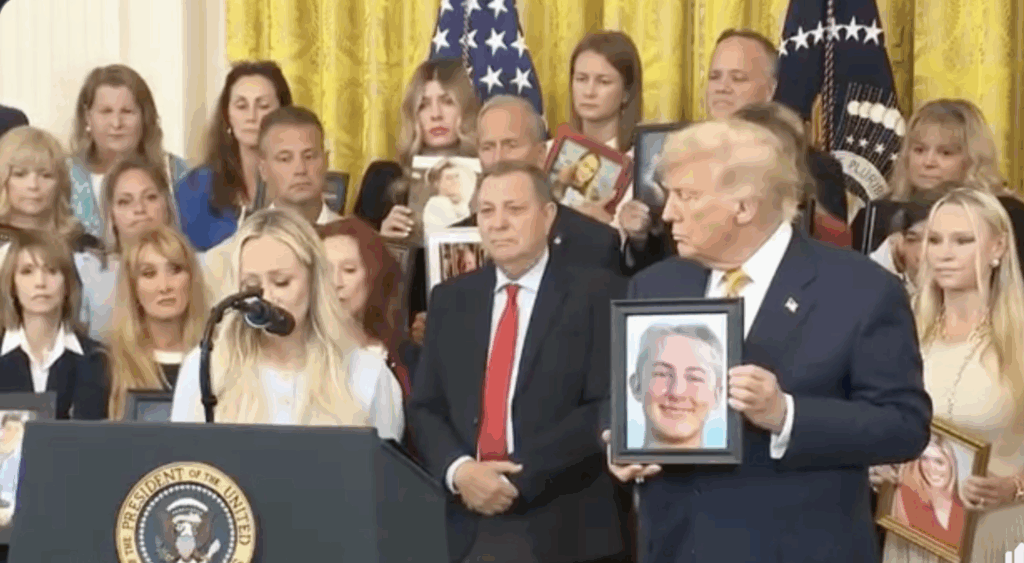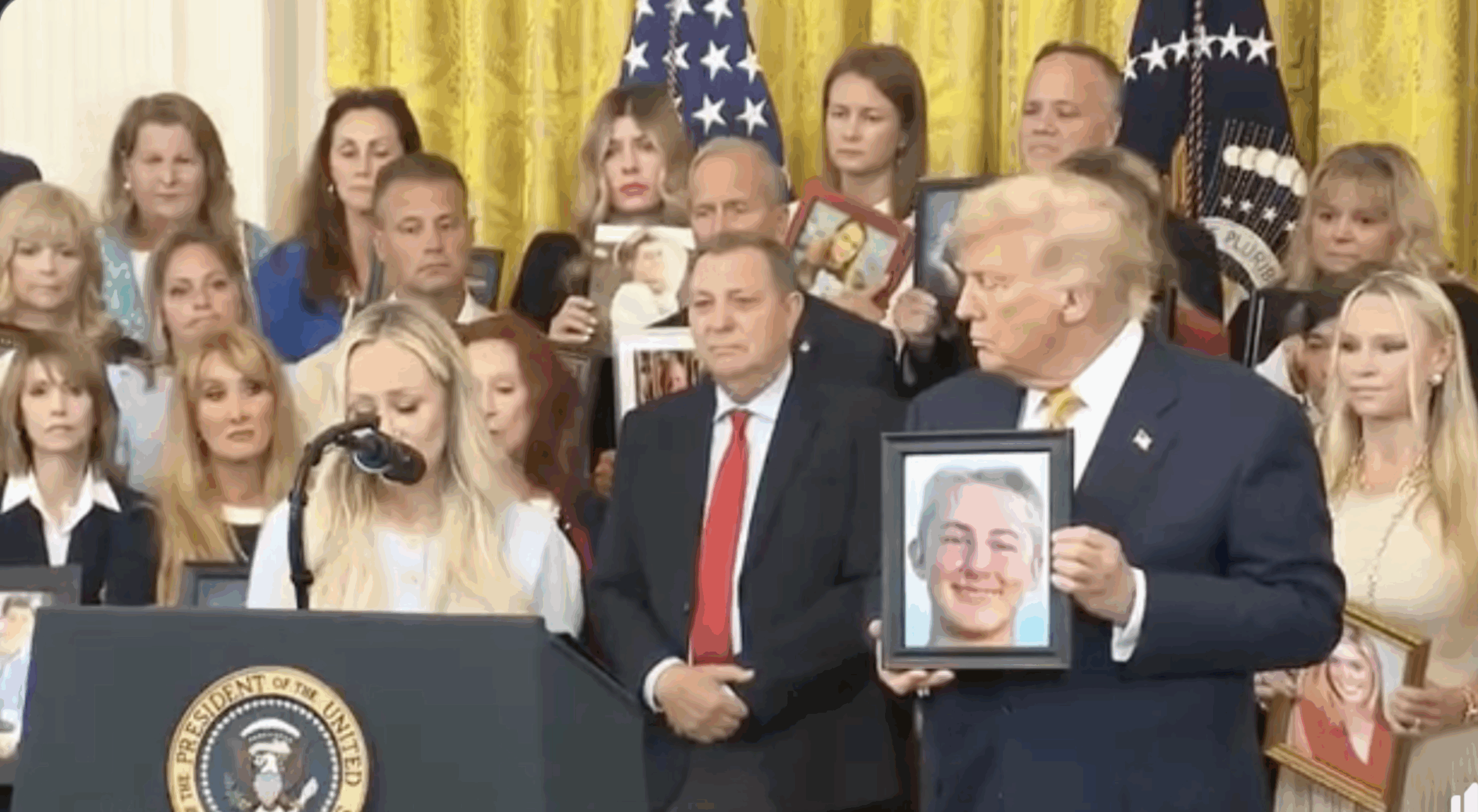by Paul Martin
On Wednesday I watched it live from Reagan International. President Trump signed The HALT Fentanyl Act. I saw many hero-friends of mine there with him.
I’m a father of three. As I’ve said dozens of times to them, “I can only imagine.”
I launched United Against Fentanyl last year to help unify and amplify their voices. They are my inspiration. The family members present at the signing represent millions who grieve and seek real solutions to what’s become the #1 one killer in America for those ages 15-48.

The passing of The HALT Fentanyl Act is a big deal. Big because of what it says, and big because both parties in both the Senate and the House voted yes with overwhelming support—not too common these days.
The law makes the temporary class-wide scheduling of fentanyl-related substances as Schedule I permanent, giving authorities stronger legal tools to seize and prosecute the trafficking of substances with no medical use, drugs like heroin or Ecstasy. In 2018, the DEA issued a temporary order placing all fentanyl-related substances (FRS) as a class into Schedule I under the Controlled Substances Act (CSA), which was passed by the U.S. Congress in 1970 and signed into law by President Richard Nixon.
The bill also permanently bans all current and future fentanyl analogues and imposes harsh mandatory minimum sentences of 10+ years for trafficking 100+ grams. It also streamlines research procedures for scientists, creates a National Center to disrupt synthetic drug imports, and restricts foreign involvement in fentanyl research.
Some experts have expressed the bill doesn’t go far enough. I applaud its passage.
Because we are in the greatest drug crisis in the history of the world.
Because the situation is dire.
Because no bill is ever perfect.
And because at UAF, we advocate for bold measures to reduce both demand and supply.
But we must realize a harsh reality. Laws often fail to deliver the intended results. We certainly need new laws to address real issues, but often we place far too much hope in them; when, for example, President Nixon originally scheduled drugs in 1970, drug use remained largely unchanged. And fentanyl has ranged out of control since it was made a Schedule I drug in 2018.
In February, I explain some of my thinking in this article:
It is tempting to believe that solutions must come from the top down—a new law, tougher foreign policies, sanctioning social media companies, or breakthrough technologies in harm reduction. At United Against Fentanyl, we ardently support policies aiming to reduce fatalities. However, such measures are inadequate—undoubtedly important but not sufficient…
So we must think locally—preparing our towns and cities to confront the onslaught of a toxic chemical. Local action is not a secondary line of defense but the foundation of a living, breathing solution to this crisis.
I went on to highlight our boldest national initiative to date: Walk for Lives. These are grassroots community events all held on September 20th in dozens of cities and tows across the nation. Bereaved families lead them. Local law enforcement, mental health professionals, and elected officials participate. And we have big plans to continue the momentum well beyond September 20.
Here’s the bottom line…
We need tough laws like the HALT Act. And we need more treatment for substance use disorder. And we need a unified coalition to bring lifesaving awareness, education, and resources that our nation desperately needs.
I work with dozens of family members who have lost a loved one to fentanyl. No words can describe the emotional, physical, and financial devastation fentanyl has brought them. This bill will save lives. It will also bring a sense of justice—that those who sold fentanyl to their child be held responsible.
